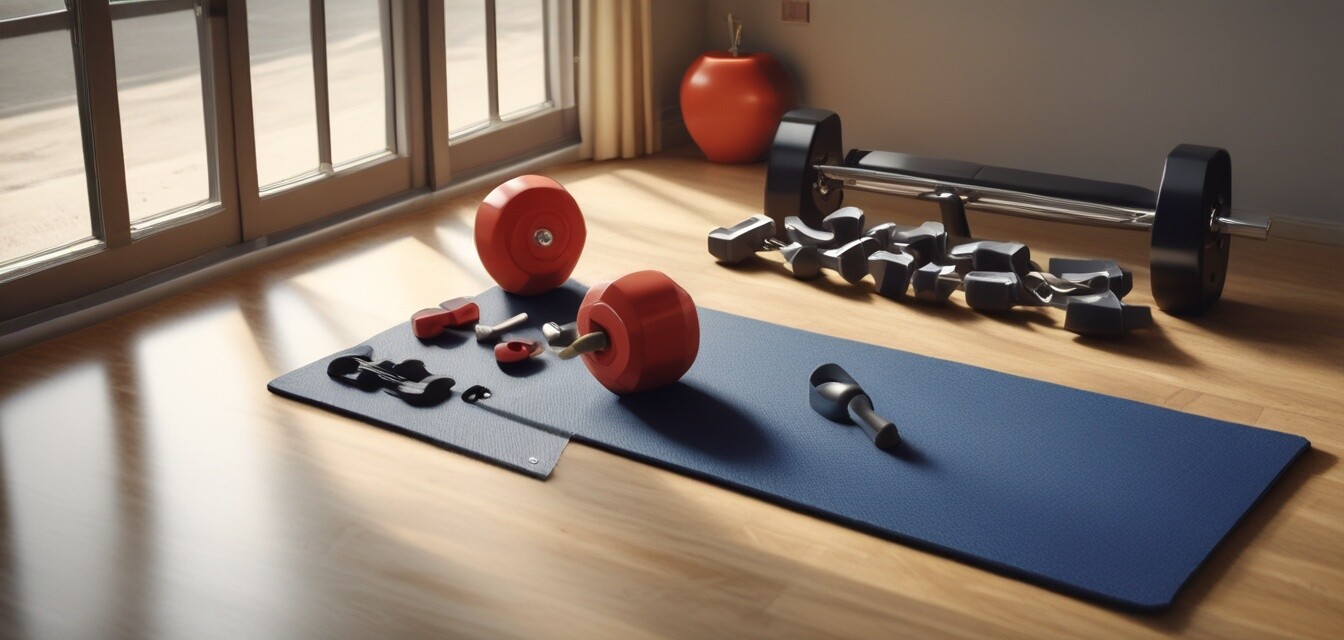
Modifications for Seniors in High-Intensity Workouts
Key Takeaways
- Seniors can safely modify high-intensity workouts to suit their fitness levels.
- Listening to your body is crucial for preventing injuries.
- Simple techniques can enhance workout effectiveness while ensuring safety.
- Warm-up and cool-down routines are vital parts of any fitness program.
- Always consult with a healthcare professional before starting any new exercise program.
Engaging in high-intensity workouts can bring numerous benefits, even for seniors. However, it is essential to modify these workouts to fit individual fitness levels and health needs. This article will guide you through safe and effective strategies for modifying these exercises, ensuring you can stay active while prioritizing safety.
The importance of modifications
As we age, our bodies naturally change, and some high-intensity workouts may not be suitable for everyone. Here are a few reasons why modifications are essential:
- Adapting to physical limitations: Seniors may experience decreased mobility or strength, making certain high-intensity movements risky.
- Reducing the risk of injury: Modifying workouts can help prevent injuries, allowing for a safer exercise experience.
- Encouraging consistency: When workouts feel manageable, seniors are more likely to stick with their fitness routines.
Techniques for modifying high-intensity workouts
Here are several effective techniques for modifying high-intensity workouts:
| Original Exercise | Modified Exercise | Notes |
|---|---|---|
| Burpees | Step-back squats | Step back rather than jumping, lowering to a squat instead of jumping up. |
| Jumping jacks | Side steps with arm raises | Step side to side while raising arms up to shoulder height. |
| Push-ups | Wall push-ups | Perform push-ups against a wall for less intensity. |
| Squat jumps | Chair squats | Use a chair for support, squatting down to touch the edge before standing. |
Warm-up and cool-down routines
Always begin with a warm-up to prepare your muscles and joints for high-intensity workouts. Here are some simple warm-up and cool-down exercises:
Warm-up exercises
- Gentle marches in place
- Arm circles
- Ankle rolls
- Dynamic stretches for major muscle groups
Cool-down exercises
- Slow walking to lower heart rate
- Static stretches focusing on flexibility
- Deep breathing exercises to relax the body
Listening to your body
One of the most important aspects of modifying workouts is understanding your body's signals. Here are some tips for seniors:
- Pay attention to pain or discomfort during workouts; don't push through it.
- Rest when needed, and allow your body time to recover.
- Hydrate properly before, during, and after workouts.
Creating a personalized workout plan
When designing a high-intensity workout plan, consider the following:
- Consult with a healthcare professional or a fitness trainer.
- Choose exercises that feel right for your body.
- Progress gradually, taking small steps as your strength and endurance improve.
For valuable resources on choosing the right equipment, check out our guide on exercise equipment suitable for seniors.
Seeking professional guidance
While many seniors can adapt high-intensity workouts through modifications, it's crucial to seek professional guidance from a fitness trainer experienced in working with older adults. They can help design a program tailored specifically to your needs, ensuring safety and effectiveness.
Pros
- Improved cardiovascular health
- Enhanced muscle strength and endurance
- Fostering a sense of motivation and accomplishment
- Opportunity for social engagement in group workouts
Cons
- Higher risk of injury without proper modifications
- Potential for overexertion
- Need for constant evaluation of fitness level
- Some exercises may not be feasible for everyone
Beginners Section
If you're new to high-intensity workouts or exercise in general, consider starting with low-impact options before progressing. Here are some beginner tips:
- Begin with shorter workout sessions, gradually increasing time and intensity.
- Use lighter weights or resistance bands until strength builds.
- Focus on form and technique over speed or intensity.
For more resources or if you'd prefer guided exercises, browse our collection of exercise DVDs tailored for seniors.
Conclusion
Modifying high-intensity workouts to suit the unique needs of seniors not only promotes safety but also enhances the overall workout experience. By implementing these strategies, seniors can enjoy the many benefits of strength training while minimizing risks. Always listen to your body, consult with professionals, and ensure that your fitness routine aligns with your personal health and fitness levels.
For more detailed safety tips related to strength training, visit our Safety Tips section.